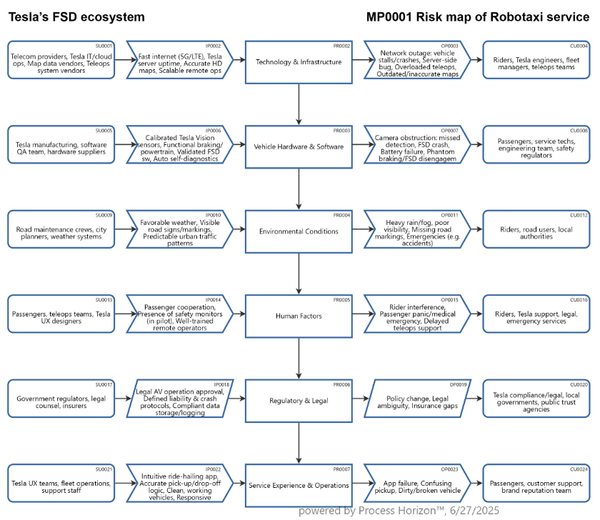Algorithmic transparency refers to the degree to which the workings of an algorithm, i.e. how it processes data, makes decisions, and produces outcomes are understandable, explainable, and accessible to relevant stakeholders (developers, users, regulators, etc.).
1. Informed Users: Ensure applicants are clearly informed when an algorithm is being used
